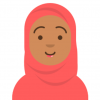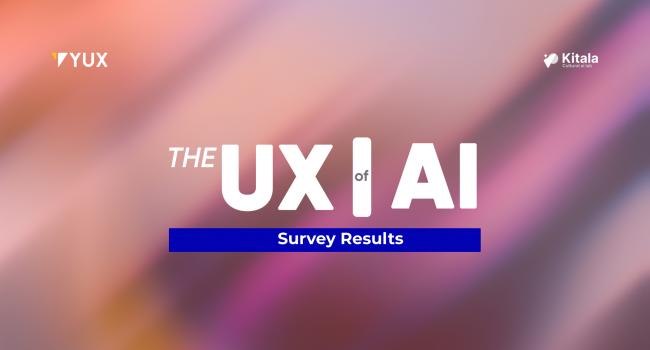Context
In Senegal, more than half of the population is under 20 years old.
Adolescents and young people face many reproductive health problems, especially girls. They must also face difficulties of insertion in the economic life. They have little place in the public dialogue, which does not allow them to have significant levers of action.
With this in mind, ADEMAS and SHOPS+, a USAID Program, have chosen a Human Centered Design (HCD) approach to help young people develop appropriate interventions for their health concerns. This approach aims to:
1- Understand the perceptions of youth, health workers and influencers about family planning and reproductive health services
2- Identify barriers (cultural, social, economic) and level of influence beyond individual responsibility
3- Identify the main benefits (social, cultural, ..) that encourage the choice of young people to purchase SR / PF products and services
4- Know the appropriate framework at the community level to provide information services / products for young people
Our methodology
This Human Centered Design (HCD) project was conducted in Dakar and Diourbel, two regions of Senegal (the capital and a region), with 43 young people, 13 health providers and 10 influencers. By deeply understanding the everyday life of young people and involving them in the creation of solutions through individual interviews, focus groups and co-creation workshops we aim to achieve truly efficient and adoptable solutions.
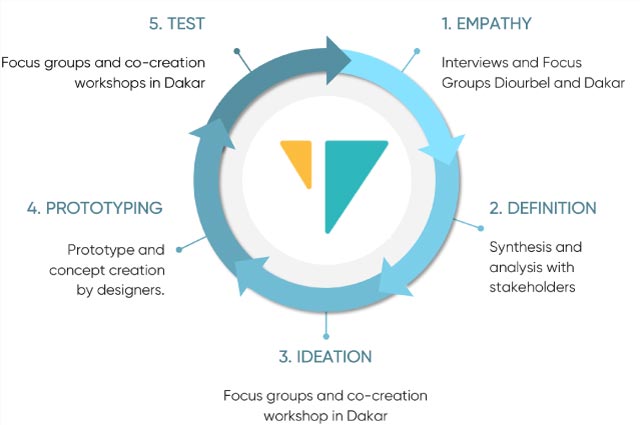
Research Insights:
1- What are the youths’, health workers’ and influencers’ perceptions about family planning and reproductive health services ?
The young people of Dakar and Diourbel have a good knowledge of RH / FP services and products at their disposal, but we noted a lack of control of the use patterns and bad reflexes of sexual health especially in cases of emergency. Among friends they are comfortable talking about sexuality but it appears the information shared is unreliability. However, the youth tends to not question the answers obtained in the friend circle.
2- What are the most important barriers (cultural, social, economic) and level of influence beyond individual responsibility ?
Two main barriers emerged from this study:
In terms of health: The very visible branding of sexual health services (often called “family planification services”) in health centers does not encourage young people to go, especially outside of Dakar, because they wish to avoid any risk of being questioned as to their presence there. In addition, many health care providers themselves have a judgmental approach (especially outside of Dakar) or have no time to give to young people’s questions about sexual health, because they have more immediate emergencies to care to. So in order not to be confronted with these situations, young people avoid these structures.
In terms of community: because reputation within the community at large weighs enormously, young people speak of their sexuality but only between themselves, for fear of the judgment especially of other generations (seniors, parents). Many, especially young women, put their health at risk and hide from being sexually responsible because the social pressure is stronger at home.
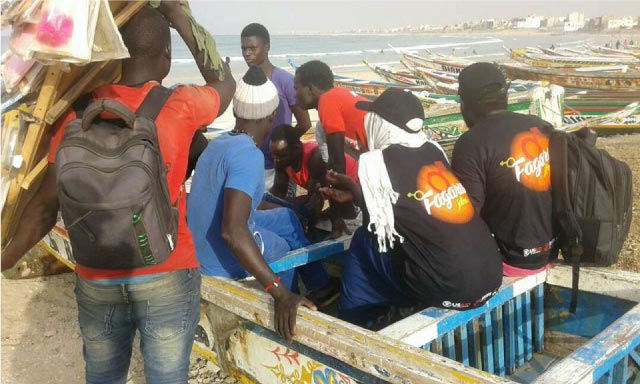
3- What are the main levers (social, cultural, ..) that encourage the choice of young people to purchase SR / PF products and services ?
Youth centers are a good entry point because they find people of their own generation.
Similarly, friends or acquaintances, health relays, and general proximity are essential for the young to open up about their questions, however the concepts of confidentiality, discretion and neutrality are not always respected.
Pharmacies, especially those far from their neighborhood, are appreciated because the risk of being recognized is small. However some do not have the means or time to go there.
Shops and supermarkets are good options for condoms because anonymity is practically guaranteed, but this option practiclay only exists in Dakar. Associating (geographically, communication-wise) health and reproduction services to more neutral activities will help young people access them without the fear of being seen.
4- What would be an appropriate framework at the community level to provide information services / products to the youth ?
Young people seek information a lot on the internet, especially Youtube, and share it on social networks (Facebook and WhatsApp). They follow awareness content in the form of small video spots or live plays. Apart from digital medias, meetings between young people, especially in the youth centers at their disposal or among the many numerous youth groups are a good way to share information and exchange with advisers for those who are more exposed to social life.
Recommendations
1-How to make sure that young people have access to reliable information about their sexual health?
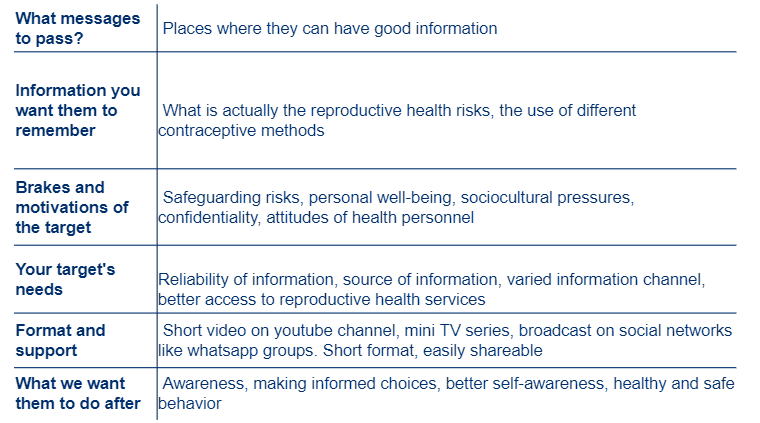
2- How to sensitize young people and the community for less judgment?
Conclusion
This study has taught us a lot about the needs of young people. Young men and women are clearly not at the same level of social pressure. The young woman from Dakar wants to find a way to protect her body and help other women like her. In Diourbel, she is more interested in her health, the reliability of information and being discreet. While young men in Dakar want access to protection without having to go for miles. In Diourbel, they are interested in having reliable information to share.
